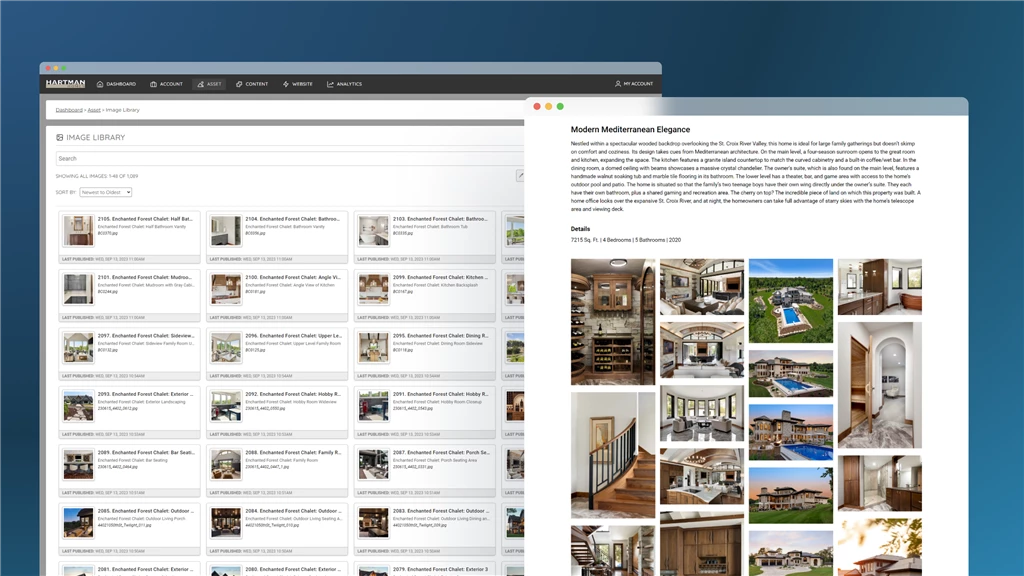1. The Value of Evergreen Content
Unlike trend-based content, which can spike in engagement and then quickly fade, evergreen content is designed to stay relevant over months and even years. This type of content addresses fundamental questions, needs, or interests that your audience will consistently find useful. By providing value that withstands the test of time, evergreen content not only saves on content creation efforts but also builds a stable foundation for your brand’s online presence.
Why does evergreen content matter?
- SEO Benefits:Search engines prioritize content that remains relevant and consistently attracts traffic. By investing in evergreen content, you improve your chances of ranking higher in search results, leading to more organic traffic.
- Trust-Building:When you focus on addressing core questions and concerns, your audience perceives you as a reliable source of information.
- Cost-Efficiency:Evergreen content doesn’t require constant updates or replacements, making it a more efficient use of time and resources.
2. Understanding What Makes Content Evergreen
To create evergreen content, it’s essential to understand what separates it from the types of content that fade with time. While trend-based content focuses on timely topics, evergreen content addresses topics that remain relevant and continuously useful. For example, a blog post about “The Benefits of Drinking Water” is evergreen, as it provides information that people are likely to seek out for years to come. In contrast, a post on “The Hottest Wellness Trends of 2024” will lose relevance quickly as new trends emerge.
Types of Evergreen Content to Consider:
- How-To Guides and Tutorials:Provide solutions to common problems, such as “How to Organize Your Workspace” or “Tips for Managing Personal Finances.”
- FAQs:Answer questions that new customers or website visitors frequently ask.
- Educational Articles:Cover topics relevant to your industry that readers will find useful regardless of the year, such as “A Beginner’s Guide to Digital Marketing.”
3. Creating High-Quality FAQs
FAQs (Frequently Asked Questions) are a powerful way to offer evergreen value to your audience. Not only do they help visitors find answers to common queries, but they also signal that you understand your customers' concerns, building trust from the start.
How to create effective FAQs:
- Identify Common Questions:Talk to your customer service team or review feedback to determine the most frequently asked questions about your product or service.
- Be Concise and Clear:Aim for straightforward answers that are easy to understand and quickly address the customer’s question.
- Update When Necessary:While FAQs are largely evergreen, occasionally review them to ensure accuracy, especially if your product or service has changed.
Example FAQ:For a software company, a question like “How can I reset my password?” or “What payment methods do you accept?” remains valuable as long as the product or service is in use.
4. Telling Customer Stories
Customer stories are a form of evergreen content that has the power to connect with audiences on an emotional level. By sharing real experiences, customer stories illustrate how your product or service helps people in practical ways, providing social proof that can build trust with potential customers.
How to make customer stories evergreen:
- Highlight Universal Themes:Focus on challenges and solutions that are relatable, such as “How XYZ Company Streamlined Operations Using Our Software.”
- Use Timeless Language:Avoid mentioning specific dates or phrases that could quickly become outdated. For example, avoid saying “With the latest technology of 2023” and instead refer to the technology itself.
- Get Permission and Quotes:Make sure you have explicit permission to share customer details, and use direct quotes when possible to make the story more authentic.
Example Customer Story:For a B2B software company, a story titled “How Our Platform Helped ABC Corp Improve Their Sales Process” can remain relevant for years if it discusses the universal challenges of sales efficiency and CRM implementation.
5. Developing Educational Content That Adds Value
Educational content is one of the most effective forms of evergreen content because it offers readers valuable knowledge that isn’t tied to trends. Think of topics within your industry that your audience would benefit from understanding at a fundamental level. Educational content not only serves your readers but also positions your business as a knowledgeable authority in your field.
How to develop educational content:
- Identify Core Topics:Pinpoint fundamental topics in your field that your target audience should know about, such as “The Basics of Content Marketing” or “Understanding Mortgage Loans.”
- Focus on Quality and Depth:Make your content comprehensive enough to answer the reader's questions thoroughly. Use subheadings, bullet points, and visuals to improve readability.
- Refresh When Necessary:While educational content tends to remain relevant, certain industries evolve. For example, SEO best practices change over time, so it’s important to review content periodically.
Example Educational Content:A digital marketing agency might create a piece on “How to Develop a Strong Content Marketing Strategy,” detailing timeless strategies for planning, creating, and distributing content.
6. The Role of Long-Form Content
Long-form content—usually 1,500 words or more—is ideal for evergreen topics because it allows you to dive deeper into complex subjects. Research shows that long-form content performs well on search engines, as it often covers topics in a more comprehensive way that satisfies both readers and search engines.
Tips for creating long-form evergreen content:
- Break It Up with Subheadings:Keep long articles organized and easy to read by breaking them down into sections.
- Use Visuals and Examples:Include relevant images, infographics, and examples to help illustrate points.
- Provide Actionable Takeaways:Readers value long-form content more if it offers actionable insights they can immediately apply.
Example Long-Form Content:For a fitness brand, a comprehensive guide like “The Complete Guide to Building a Home Workout Routine” covers a wide range of fitness tips that readers can use year-round.
7. Optimizing for SEO with Evergreen Content
Evergreen content is a powerhouse for SEO, helping drive consistent traffic to your site. Since evergreen topics tend to maintain relevance, they’re more likely to rank well in search engines and continue attracting visitors over time.
Tips for SEO-Optimized Evergreen Content:
- Use Relevant Keywords:Identify keywords with a steady search volume rather than short-term, trendy keywords. Tools like Google Keyword Planner or Ahrefs can help identify these.
- Optimize Title Tags and Meta Descriptions:Include keywords naturally in your title tag and meta description to improve visibility in search results.
- Include Internal Links:Link to other relevant pages or blog posts on your site, which not only boosts SEO but also keeps readers on your site longer.
Example for SEO Optimization:For an educational post on a digital marketing blog, keywords like “content marketing strategy” or “social media marketing tips” are ideal for driving traffic consistently over time.
8. Reusing and Repurposing Evergreen Content
Another advantage of evergreen content is its versatility. By repurposing existing evergreen content into different formats, you can reach new audiences and reinforce your message without creating content from scratch.
Ways to Repurpose Evergreen Content:
- Create Infographics:Visualize key takeaways from an article in an easy-to-share infographic.
- Develop Video Content:Turn blog posts into YouTube videos or short social media clips.
- Share on Social Media:Regularly post evergreen content on your social channels to reach new audiences who may have missed it initially.
Example of Repurposing:A blog post on “Best Practices for Hiring Remote Employees” could be turned into an infographic, shared on LinkedIn, or expanded into a webinar.



